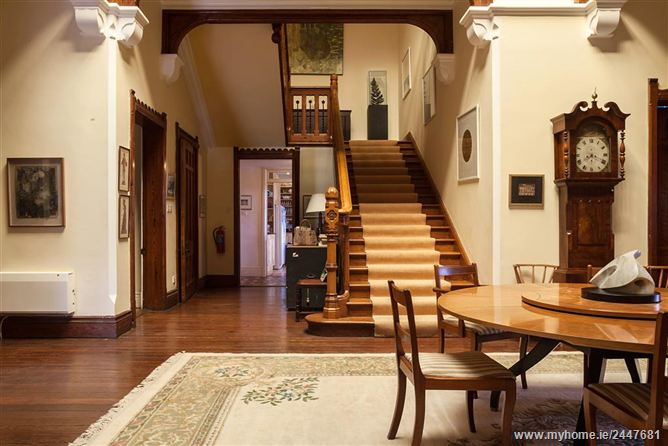
I’ve avoided this one for a while, partly because it is out of period, and also partly because it is hard to work through. It does also appear to be slightly showy-offy, which it isn’t intended to be, well maybe a bit.
It does make it a bit slow going around the National Portrait Gallery, as well as getting a bit of a look when I chime up with “That’s another one of yours…”
Where I do think it helps, is in helping to set into context, how the Grehans would have felt about themselves. In a period when lineage, and status was very important to people; and when there was a strong emphasis on family backgrounds, then it is almost impossible to believe that there wasn’t talk of being the descendants of Irish kings, and of the Anglo-Irish aristocracy. It almost certainly colours some of the wedding choices in the C19th.
But a word of warning from Sir Bernard Burke, in the preface to the 1912 edition of Burke’s Irish Gentry.
“Of course, one knows that every Irishman is the descendant of countless kings, princes and other minor celebrities. One admits it, the thing is unquestionable. One knows, of course, also, that every family is the oldest in Co. Galway, or Co. Sligo, or somewhere else, and that, for some reason or other, every Irishman is the ” head ” of his family…”

However, it does appears that if you are somehow descended from Patrick Grehan Senior (1756 -1832) and Judith Grehan (nee Moore), [in our case, they are great,great,great,great, grandparents, so ha ha Danny Dyer] then you are a fourth cousin of Anne Boleyn [yes that one.], and a fifth cousin of Elizabeth 1st [yes that one, as well.], as well as descended from a number of Kings of Laois, and a fair smattering of Irish Earls.
The first major clue comes from Burke’s Landed Gentry in the 1871 edition. In the lineage of Patrick Grehan III (Patrick Grehan senior’s grandson) there is the following statement.
“(lineally descended from Lewis, the 4th son of Roger O’More (more commonly, referred to now as Rory O’More), of Leix, by Margaret, dau. and heiress of Thomas, 3rd son of Pierce, 8th Earl of Ormonde). Through this marriage with the co-heiress of Moore, Mr Grehan of Mount Plunkett quarters the arms of O’More of Leix, and Butler, Ormonde.”
Patrick Grehan III had his rights to the arms confirmed in June 1863, so it must have been accepted by the Ulster King of Arms.
Broken down in, I hope, the simplest way; Judith Grehan’s great-grandfather was Edmund Moore, and he, in his turn, was the great-grandson of Lewis More, the youngest son of Rory O’More, and Margaret Butler. So they are separated by seven generations.
Therefore, Judith Grehan is a fourth cousin of Anne Boleyn, seven times removed, and a fifth cousin of Elizabeth 1st six times removed. In order to work out your own relationship simply add on the right number of generations. In the case of my children, it is a fourth cousin of Anne Boleyn, fourteen times removed, and and a fifth cousin of Elizabeth 1st thirteen times removed.
Rather than expand this post too much, I have decided to link to two further posts, containing the workings-out.
How Margaret Butler and Anne Boleyn are related.
There is also more detail on the More-O’Farrell post, though that is possibly the most confusing entry in any edition of Burke’s Landed Gentry ever.



